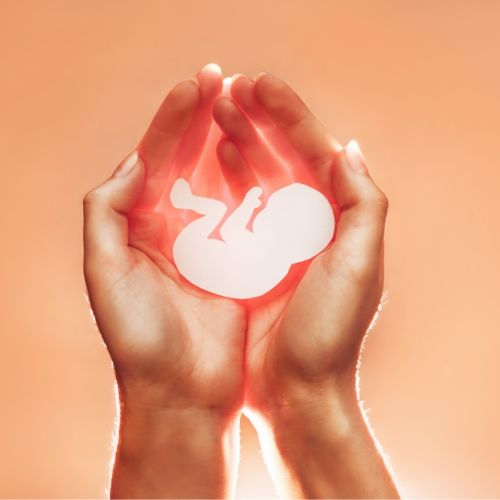Is it Possible to Get Pregnant Without Tubal Reversal?

If you regret having your tubes tied, you’re not alone. Many women decide they’d like to get pregnant even though they previously chose to have a tubal ligation, which is intended to be a permanent form of birth control. One option for trying to get pregnant after having your tubes tied is a procedure known as a tubal reversal in which the fallopian tubes are unblocked and reconnected.
A tubal reversal can have a success rate of 50 to 80 percent in women under the age of 35. If you’re older than 35 or if you’ve been told you’re not a good candidate for a tubal reversal, your next question may be, “Is it possible to get pregnant without tubal reversal?” The fertility experts at the Center for Reproductive Health can answer you questions and help you determine whether you’re a candidate for tubal reversal or if a different option would be better for you.
In Vitro Fertilization (IVF)
For different reasons, many women choose to undergo in vitro fertilization (IVF) rather than having a tubal reversal. IVF is a form of assisted reproductive technology (ART) that involves fertilizing an egg outside a woman’s body. This approach completely bypasses the fallopian tubes. If you decide to have IVF, fertility drugs are injected to help stimulate the development of multiple eggs. This stimulation process continues for seven to nine days.
One enough mature eggs have been produced, your doctor removes them through an outpatient procedure. The eggs that are retrieved are mixed with sperm cells from your partner or from a sperm donor in a laboratory. The cells of the fertilized eggs divide and become embryos. They are cultured in a strictly controlled environment and usually they are incubated for three to five days. They are then implanted into your uterus. If any of the embryos successfully attach to the lining of the uterus, it results in pregnancy.
Mini IVF
An alternative to IVF is a similar type of ART known as mini IVF. With this approach, low dose hormone stimulation is used to induce the growth of a small number of eggs. In most cases a short course of birth control pills is used before beginning treatment. Like traditional IVF, mature eggs are retrieved and fertilized in a lab setting before being implanted in the uterus. The goal of mini IVF is to create only a few high quality embryos. Since fewer embryos are produced, more cycles may need to be done to achieve pregnancy, but using low dose hormones results in fewer side effects and a lower overall cost.
Choosing the Best Option for You
Every woman is different and that there are different factors to consider in determining the best options in getting pregnant. If you’ve had a tubal ligation but aren’t sure that a tubal reversal is right for you, schedule a consultation with the highly experienced fertility team at the Center for Reproductive Health to discuss any questions or concerns you have and to determine the best choices available to you.




